- MPU-9250 Product Specification Revision 1.1 (PDF) https://www.invensense.com/wp-content/uploads/2015/02/PS-MPU-9250A-01-v1.1.pdf
- MPU-9250 Register Map and Descriptions Revision 1.4 (PDF) https://cdn.sparkfun.com/assets/learn_tutorials/5/5/0/MPU-9250-Register-Map.pdf
- BMP280 Digital Pressure Sensor (PDF) https://ae-bst.resource.bosch.com/media/_tech/media/datasheets/BST-BMP280-DS001-18.pdf
Quick Draw Motion Tracking
See if I can't make a 9/10 DOF sensor for a buddy's larger project
 Todd
Todd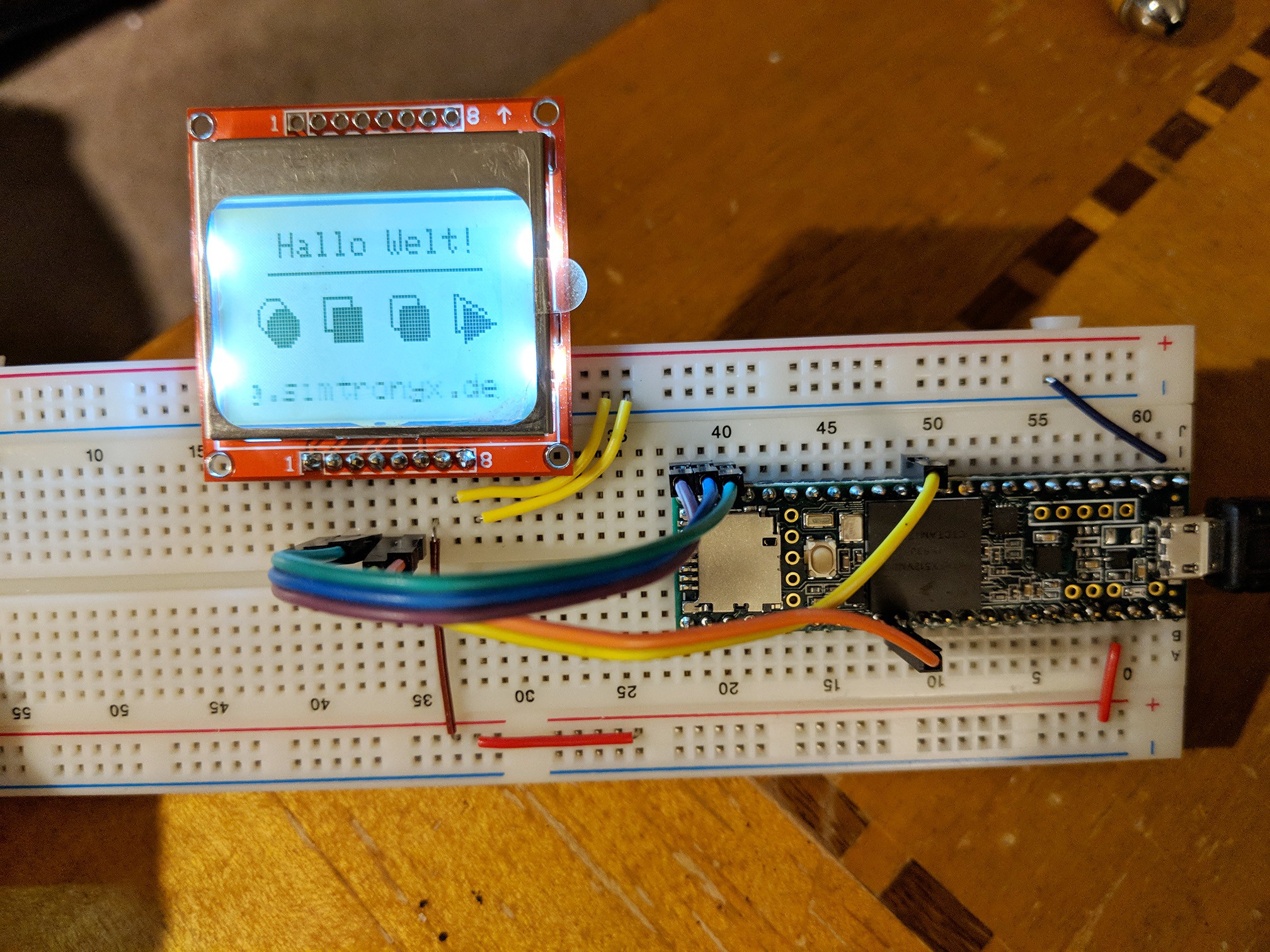
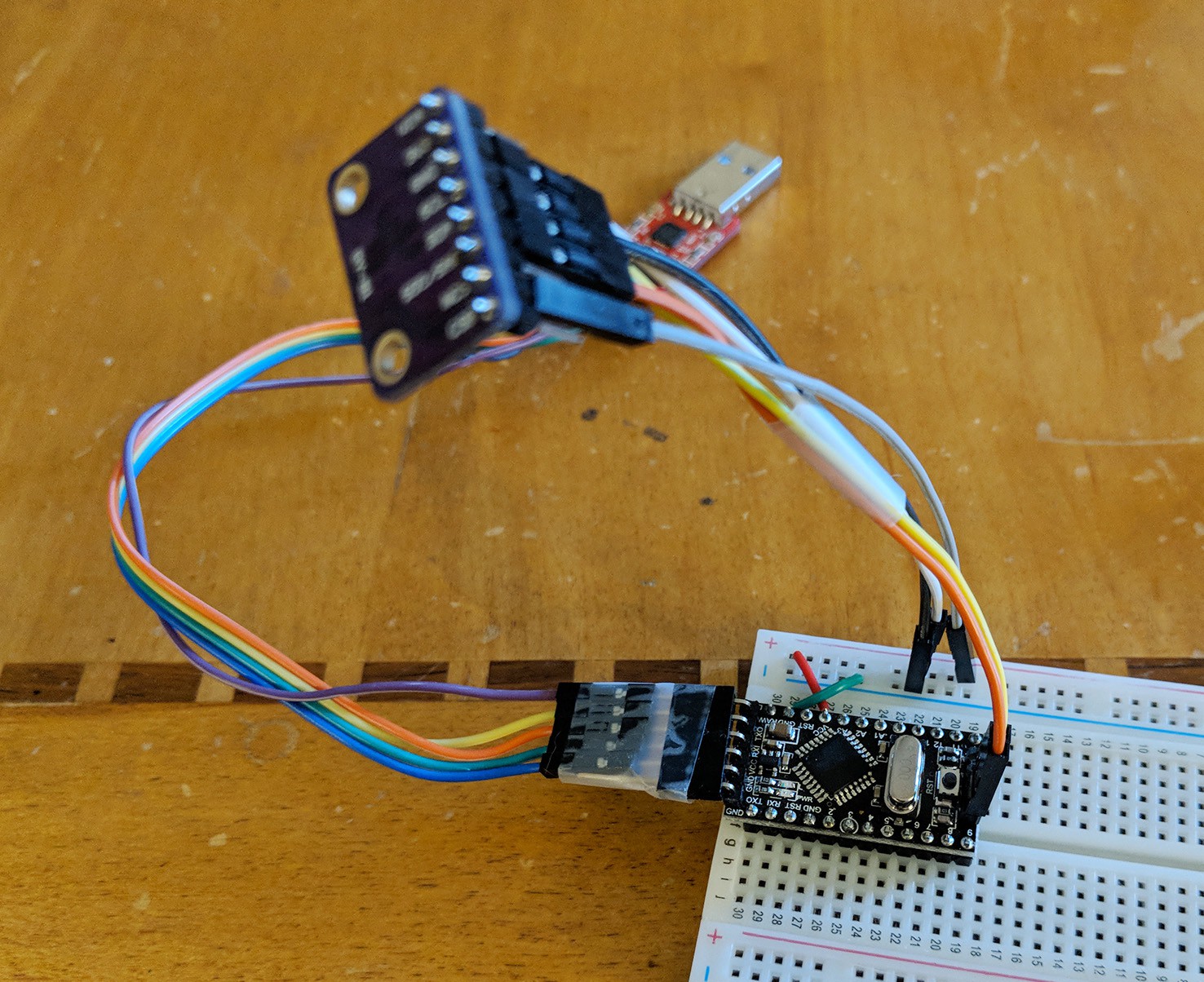


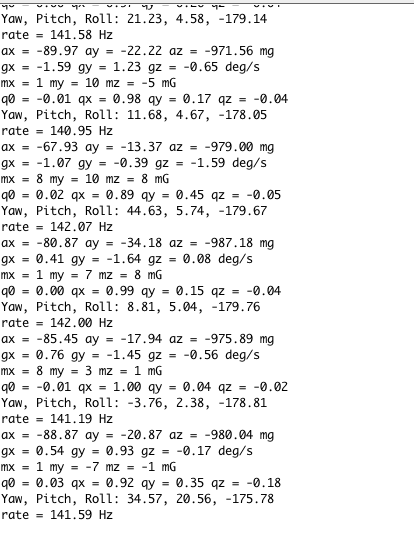


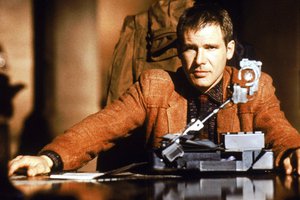
 Tom Meehan
Tom Meehan
 Lithium ION
Lithium ION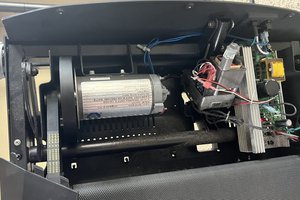
 Enzo Lombardi
Enzo Lombardi
 jean.perardel
jean.perardel
I remember Dragon's Lair the laserdisc game but not those others. I was more a Tail Gunner, or Discs of Tron player.